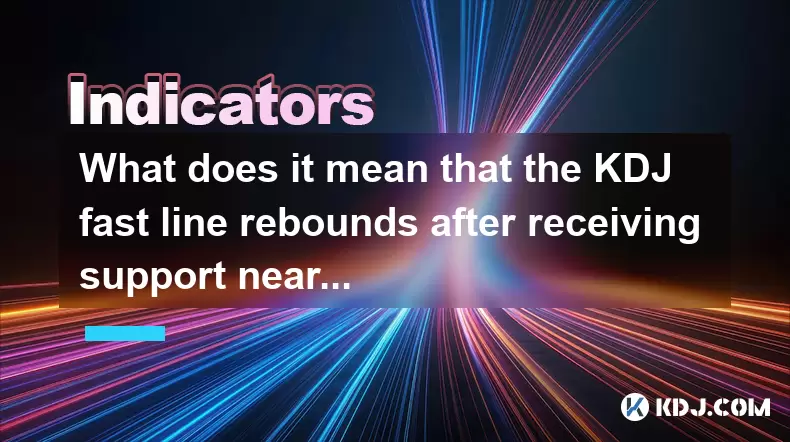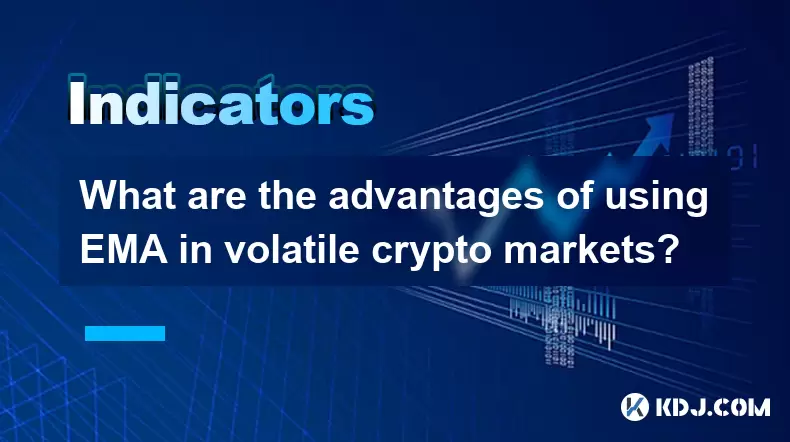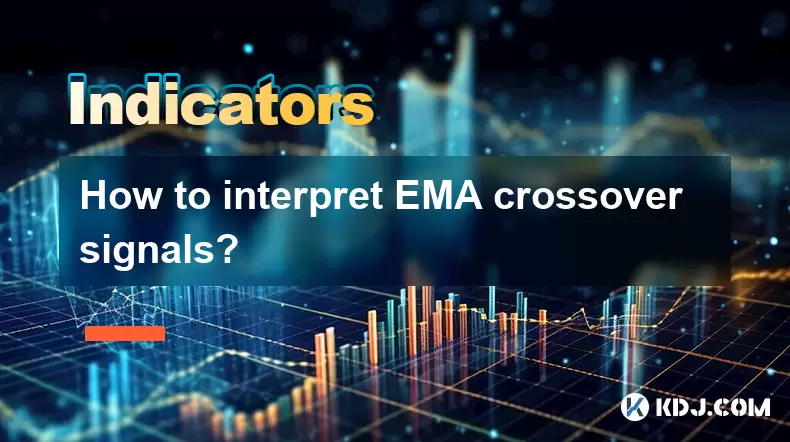-
 Bitcoin
Bitcoin $118300
-0.58% -
 Ethereum
Ethereum $3825
0.11% -
 XRP
XRP $3.137
-0.71% -
 Tether USDt
Tether USDt $0.9999
-0.01% -
 BNB
BNB $803.9
-3.37% -
 Solana
Solana $181.5
-1.94% -
 USDC
USDC $0.9999
0.01% -
 Dogecoin
Dogecoin $0.2238
-2.51% -
 TRON
TRON $0.3358
2.12% -
 Cardano
Cardano $0.7844
-2.16% -
 Hyperliquid
Hyperliquid $43.31
-1.48% -
 Sui
Sui $3.807
-4.04% -
 Stellar
Stellar $0.4203
-1.96% -
 Chainlink
Chainlink $17.79
-3.00% -
 Bitcoin Cash
Bitcoin Cash $567.8
-1.34% -
 Hedera
Hedera $0.2614
-4.30% -
 Avalanche
Avalanche $24.19
-4.46% -
 Litecoin
Litecoin $109.2
-0.74% -
 UNUS SED LEO
UNUS SED LEO $8.969
-0.01% -
 Toncoin
Toncoin $3.404
3.97% -
 Ethena USDe
Ethena USDe $1.001
-0.01% -
 Shiba Inu
Shiba Inu $0.00001307
-3.19% -
 Uniswap
Uniswap $10.33
-1.23% -
 Polkadot
Polkadot $3.884
-4.06% -
 Monero
Monero $312.9
-1.87% -
 Dai
Dai $1.000
0.01% -
 Bitget Token
Bitget Token $4.537
-2.24% -
 Pepe
Pepe $0.00001156
-3.40% -
 Cronos
Cronos $0.1437
-0.89% -
 Aave
Aave $282.8
-2.77%
What does it mean that the KDJ fast line rebounds after receiving support near 30?
The KDJ fast line rebounding near 30 signals potential bullish reversal in crypto, especially when confirmed by volume, price action, and higher timeframes.
Jul 29, 2025 at 11:49 am

Understanding the KDJ Indicator in Cryptocurrency Trading
The KDJ indicator is a momentum oscillator widely used in technical analysis, particularly within the cryptocurrency market. It consists of three lines: the %K (fast line), %D (slow line), and %J (divergence line). These lines are derived from price data over a specified period, typically 9 days, and are used to identify overbought and oversold conditions. The core calculation involves comparing the current closing price to the price range over the selected period. When traders refer to the "fast line," they are specifically talking about the %K line, which reacts more quickly to price changes than the %D line.
In the context of cryptocurrency trading, where volatility is high and price swings are frequent, the KDJ indicator helps traders anticipate potential reversals. The values of the KDJ lines range between 0 and 100. A reading below 30 is generally considered oversold, suggesting that the asset may be undervalued and due for a price increase. Conversely, a reading above 70 indicates overbought conditions, implying a possible pullback.
What Does "Rebounds After Receiving Support Near 30" Mean?
When the KDJ fast line (%K) drops toward the 30 level and then turns upward, this movement is described as a rebound from support. The term "support" here refers to a psychological or technical threshold where selling pressure tends to diminish and buying interest increases. In this scenario, the fast line approaching 30 signals that the asset has entered oversold territory. If the line then begins to rise, it suggests that momentum is shifting from bearish to bullish.
This rebound is interpreted as a potential early signal of a bullish reversal. Traders watch for this pattern because it often precedes upward price movements in the underlying cryptocurrency. The strength of the signal increases if the rebound is accompanied by rising trading volume or if the %D line also begins to turn upward shortly after.
How to Identify a Valid Rebound on the KDJ Fast Line
To determine whether a rebound near 30 is meaningful, traders should follow these steps:
- Confirm the fast line has reached or dipped slightly below 30 before reversing. A shallow dip that doesn't approach 30 may not carry the same weight.
- Observe the direction of the %D line. A bullish signal strengthens if the %D line, which is a moving average of %K, also starts to rise after the rebound.
- Check for bullish candlestick patterns on the price chart, such as hammer or bullish engulfing patterns, that coincide with the KDJ rebound.
- Analyze volume trends. An increase in buying volume during the rebound supports the validity of the signal.
- Look for confluence with other indicators, such as RSI or MACD, showing similar bullish divergence or crossover signals.
A valid rebound isn't just about the fast line bouncing—it must align with broader market structure and supporting evidence from price action.
Practical Steps to Trade the KDJ Fast Line Rebound
Executing a trade based on a KDJ fast line rebound near 30 requires a structured approach:
- Set up the KDJ indicator on your trading platform (e.g., TradingView, Binance, or MetaTrader). Use the default settings (9,3,3) unless you're backtesting alternative parameters.
- Monitor the %K line closely as it approaches the 30 level. Avoid entering a trade until the line clearly reverses upward.
- Wait for confirmation—this could be a close above the previous candle’s high or a crossover of %K above %D.
- Place a buy order at the close of the confirming candle or use a limit order slightly above it to ensure execution.
- Set a stop-loss below the recent price low or below the 30 level on the KDJ to manage risk.
- Define a take-profit target using resistance levels, Fibonacci extensions, or a risk-reward ratio (e.g., 1:2 or 1:3).
This strategy works best in ranging or moderately trending markets. In strongly bearish markets, even oversold conditions can persist, leading to false signals.
Common Misinterpretations and Pitfalls
Traders often misread KDJ signals due to lack of context. One common error is acting on a rebound without confirming price action. For example, if the fast line bounces from 30 but the price continues to make lower lows, this could indicate bearish divergence, weakening the bullish signal. Another pitfall is ignoring the broader market trend—using the KDJ in isolation can lead to losses during strong downtrends where oversold conditions extend.
Additionally, low timeframes (like 5-minute or 15-minute charts) can generate frequent false signals due to market noise. Higher timeframes (1-hour or 4-hour) provide more reliable KDJ readings. Also, not all cryptocurrencies respond equally to technical indicators; assets with low liquidity or high manipulation risk may produce misleading KDJ patterns.
Real-World Example in Crypto Markets
Consider a scenario with Bitcoin (BTC) on a 4-hour chart. Over several sessions, BTC price declines sharply, and the KDJ fast line drops to 28, entering oversold territory. After two consecutive candles, the %K line begins to rise, crossing above the %D line from below. At the same time, the price forms a bullish hammer candle with above-average volume. This combination suggests that selling pressure has exhausted and buyers are stepping in.
A trader noticing this pattern might enter a long position after the hammer candle closes. They place a stop-loss at the low of the hammer and target the nearest resistance level, say $42,000, based on prior price action. Over the next 24 hours, BTC rallies to $41,800, nearly reaching the target, validating the KDJ-based entry.
Frequently Asked Questions
What is the ideal setting for the KDJ indicator in crypto trading?
The standard setting is (9,3,3), meaning a 9-period stochastic, a 3-period moving average for %D, and a 3-period calculation for %J. This works well for most cryptocurrencies on 1-hour and higher timeframes. Some traders adjust the first parameter to 14 for smoother signals, but this reduces sensitivity.
Can the KDJ fast line stay below 30 for a long time?
Yes. In strong downtrends, the %K line can remain below 30 for extended periods, indicating prolonged oversold conditions. This does not guarantee a rebound—it reflects sustained selling pressure. Traders should avoid assuming a bounce simply because the line is low.
How does the KDJ differ from the RSI in identifying reversals?
While both identify overbought/oversold levels, the KDJ includes a slow %D line and a J line, making it more sensitive to momentum shifts. RSI is smoother and less prone to whipsaws. KDJ may give earlier signals, but RSI often provides stronger confirmation in trending markets.
Should I use KDJ on all cryptocurrencies?
No. KDJ works best on high-liquidity assets like BTC or ETH. For low-cap altcoins with erratic price movements, the indicator can generate misleading signals due to manipulation or thin order books. Always assess the asset’s trading behavior before relying on KDJ.
Disclaimer:info@kdj.com
The information provided is not trading advice. kdj.com does not assume any responsibility for any investments made based on the information provided in this article. Cryptocurrencies are highly volatile and it is highly recommended that you invest with caution after thorough research!
If you believe that the content used on this website infringes your copyright, please contact us immediately (info@kdj.com) and we will delete it promptly.
- IPO, Bitcoin, and Treasury: A New Era of Crypto Investment?
- 2025-07-30 14:30:12
- Bitcoin, Binance, and Whales: Decoding the Latest Market Moves
- 2025-07-30 14:50:12
- Sinkhole Rescue: Migrant Workers' Heroism Sparks Fundraising in Tanjong Katong
- 2025-07-30 14:50:12
- Strategy, Bitcoin, and IPOs: A New York Perspective on 2025's Biggest Moves
- 2025-07-30 14:55:11
- TROLL Memecoin Mania: From Online Buzz to Market Reality
- 2025-07-30 14:55:11
- Coinbase, Circle, and the Power of Partnership: A New Era for Crypto?
- 2025-07-30 12:30:12
Related knowledge

What are the main differences between WMA, SMA, and EMA in crypto?
Jul 30,2025 at 02:50pm
Understanding the Role of Private Keys in Cryptocurrency WalletsEvery cryptocurrency wallet operates based on cryptographic principles, with the priva...

How is the WMA indicator calculated in cryptocurrency trading?
Jul 30,2025 at 02:35pm
Understanding the Weighted Moving Average (WMA) in Cryptocurrency TradingThe Weighted Moving Average (WMA) is a technical analysis tool widely used in...

How does news and market sentiment affect EMA signals in crypto?
Jul 30,2025 at 03:00pm
Understanding EMA and Its Role in Crypto TradingThe Exponential Moving Average (EMA) is a widely used technical indicator in cryptocurrency trading th...

What are the advantages of using EMA in volatile crypto markets?
Jul 30,2025 at 12:29pm
Understanding EMA in the Context of Cryptocurrency TradingThe Exponential Moving Average (EMA) is a widely used technical indicator in cryptocurrency ...

What is a good EMA for medium-term crypto trades?
Jul 30,2025 at 02:29pm
Understanding EMA in Cryptocurrency TradingThe Exponential Moving Average (EMA) is a widely used technical indicator in cryptocurrency trading that gi...

How to interpret EMA crossover signals?
Jul 30,2025 at 01:56pm
Understanding EMA and Its Role in Technical AnalysisThe Exponential Moving Average (EMA) is a widely used technical indicator in the cryptocurrency tr...

What are the main differences between WMA, SMA, and EMA in crypto?
Jul 30,2025 at 02:50pm
Understanding the Role of Private Keys in Cryptocurrency WalletsEvery cryptocurrency wallet operates based on cryptographic principles, with the priva...

How is the WMA indicator calculated in cryptocurrency trading?
Jul 30,2025 at 02:35pm
Understanding the Weighted Moving Average (WMA) in Cryptocurrency TradingThe Weighted Moving Average (WMA) is a technical analysis tool widely used in...

How does news and market sentiment affect EMA signals in crypto?
Jul 30,2025 at 03:00pm
Understanding EMA and Its Role in Crypto TradingThe Exponential Moving Average (EMA) is a widely used technical indicator in cryptocurrency trading th...

What are the advantages of using EMA in volatile crypto markets?
Jul 30,2025 at 12:29pm
Understanding EMA in the Context of Cryptocurrency TradingThe Exponential Moving Average (EMA) is a widely used technical indicator in cryptocurrency ...

What is a good EMA for medium-term crypto trades?
Jul 30,2025 at 02:29pm
Understanding EMA in Cryptocurrency TradingThe Exponential Moving Average (EMA) is a widely used technical indicator in cryptocurrency trading that gi...

How to interpret EMA crossover signals?
Jul 30,2025 at 01:56pm
Understanding EMA and Its Role in Technical AnalysisThe Exponential Moving Average (EMA) is a widely used technical indicator in the cryptocurrency tr...
See all articles

























































































